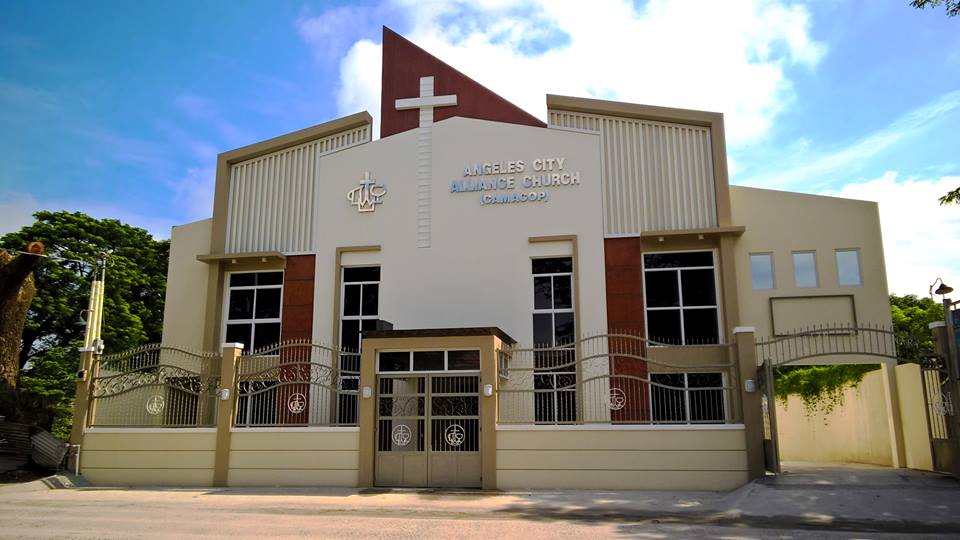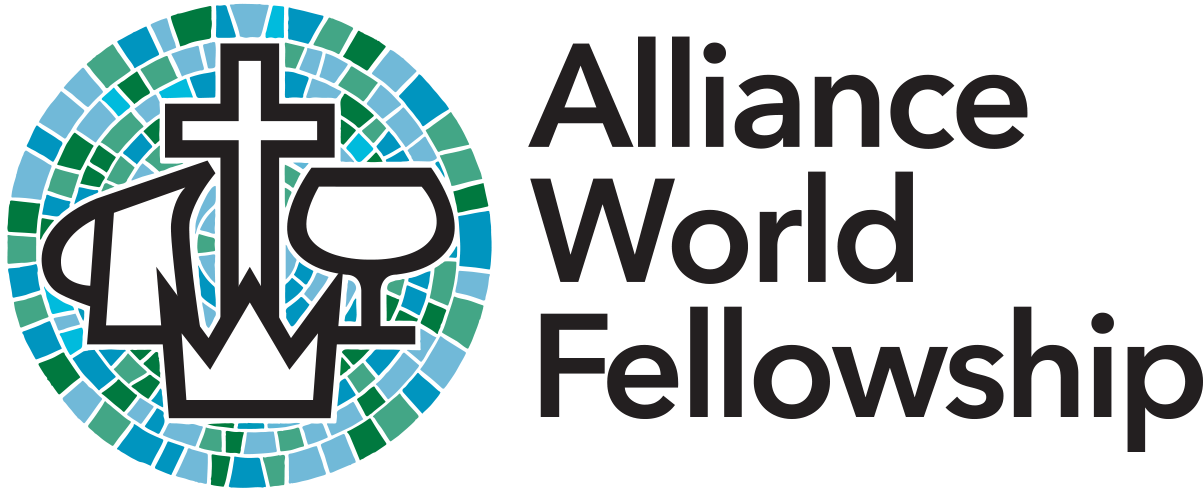Christian and Missionary Alliance Churches of the Philippines (CAMACOP)
President: Rev. Eduardo Cajes
![]() 13 West Capitol Drive, Bgy Kapitolyo, Pasig, Philippines
13 West Capitol Drive, Bgy Kapitolyo, Pasig, Philippines
![]() +63 999 506 0207
+63 999 506 0207

STATISTICS (2022)

Membership
454,000

Churches
3,609

Ordained Ministers
2,020

Missionaries
41
The Alliance work in the Philippines began in 1901 with Miss Ellen White, the first C&MA missionary sent to the Philippines, albeit it was short-lived. Other missionaries came, and the first chapel was built in 1902 in Tetuan, Zamboanga City- the very first evangelical church throughout Southern Mindanao. Many more missionaries came thereafter, but the ministry hardly took off at the beginning because the C&MA, under the Comity Agreement, was assigned to Western Mindanao and Sulu Archipelago, considered to be the most difficult areas to evangelize, being predominantly Muslim and animistic territories. By 1924, there were more than 100 new converts attending the church in Tetuan.
After the World War II, there were 29 local churches planted by C&MA missionaries, but only 13 were fully organized and self-supporting. On February 1947, the 13 organized churches incorporated themselves as The Christian and Missionary Alliance Churches of the Philippines, Inc. [CAMACOP, for short]. Two years after, CAMACOP was registered with the Securities and Exchange Commission (SEC) thus it acquired a legal personality.
From 1947 to present, the leadership of CAMACOP has been in the hands of 9 Filipino Presidents, namely: Rev. Jeremias Dulaca (1947-1957, 1960-1962); Rev. Fiorentino de Jesus, Sr. (1957-1960); Rev. Leodegario Madrigal (1963-1966, 1973¬1978); Rev. Vicente Pada (1966-1972); Dr. Benjamin de Jesus (1978-1989); Dr. Valmike Apuzen, Sr. (1989-1997); Dr. Rodrigo Tano (1997-2001), Dr. Reniel Nebab (2005-2013), Dr. Jose Dalino (2001-2005, 2013-2017), and Rev. Eduardo Cajes (2017-present).
Sixty seven (67) years later since CAMACOP was born out of the prayers, initiatives and faithful ministries of the early missionaries and local workers, CAMACOP now has more than 2.900 churches; about 8.400 local workers and church planters, 52 units of national and international ministry workers [missionaries] serving in 17 countries, had established nine (9) residential Bible institutions and 24 non-residential training centers. CAMACOP is divided into six (6) Regions, 23 districts and 2 commissions throughout the Philippines and with an estimated total membership of 470.000 members. Its major ministries consist of four (4) divisions: Division of Finance & Stewardship (DFS), Division of Missions (DM), Division of Church Ministries (DCM) and Division of General and Theological Education (DGTE). Our national auxiliary groups — the Alliance Women Philippines (NAWP), the National Alliance Youth Philippines (NAYP), and the National Alliance Men Philippines (NAMP) are tasked to provide support and additional resources for the realization of CAMACOP’S vision and mission.
